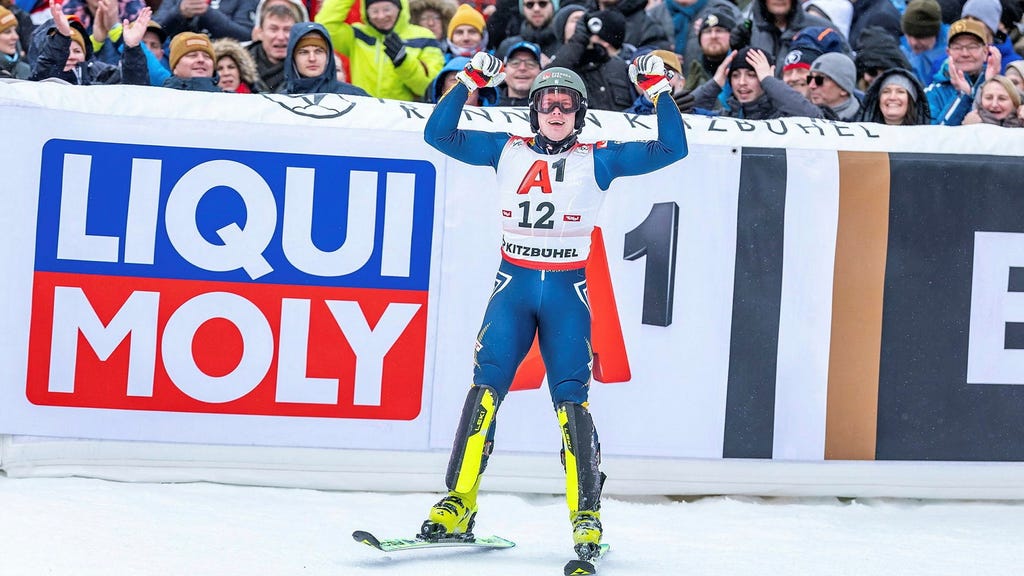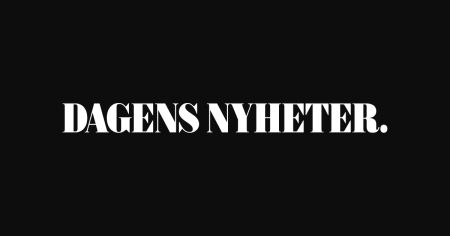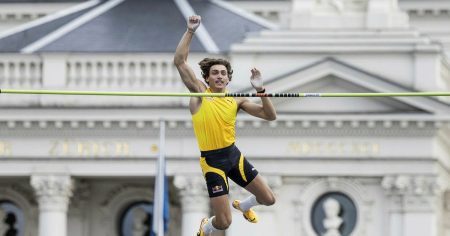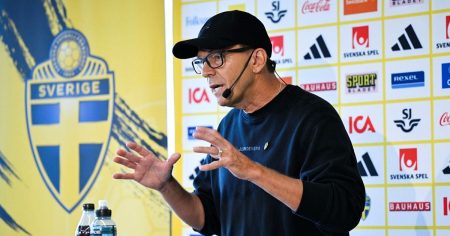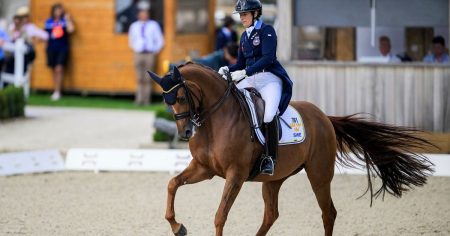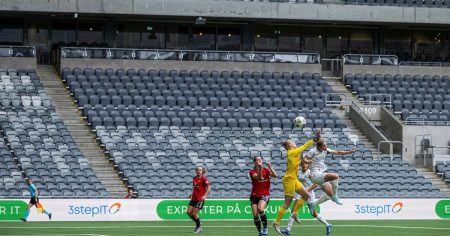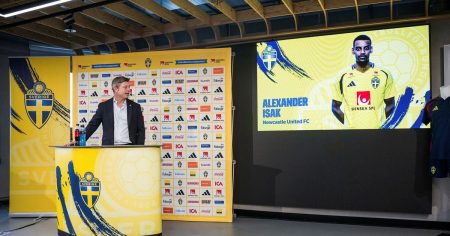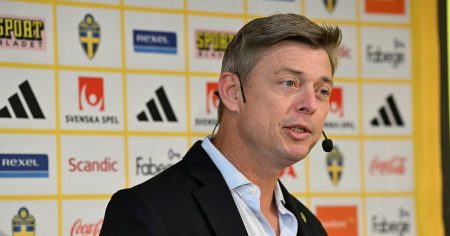Kristoffer Jakobsen, the 30-year-old Swedish slalom skier, returned to the formidable slopes of Kitzbühel, Austria, a year after achieving a remarkable second-place finish in the same event. Despite his previous success, Jakobsen harbored no illusions about the challenging nature of the course, referring to it as a ”nightmare race” in an interview with Dagens Nyheter. He acknowledged the positive memories from the previous year while emphasizing his profound respect for the demanding terrain, highlighting the precarious balance between triumph and disaster that Kitzbühel presents to even the most skilled skiers. This cautious respect underscored the mental and physical preparation required to navigate the steep gradients, icy patches, and demanding turns that characterize this iconic slalom course.
Jakobsen’s current season had been a mixed bag leading up to the Kitzbühel race. While he secured a commendable second-place finish in Gurgl, Austria, in November, marking his fourth career podium, his performances were punctuated by several disqualifications and finishes outside the top ten. This inconsistency mirrored the inherent unpredictability of slalom skiing, where even minor errors can have significant consequences, especially on a course as unforgiving as Kitzbühel. The pressure to replicate his previous success at the venue likely added another layer of complexity to Jakobsen’s pre-race mindset.
The first run at Kitzbühel saw Jakobsen finish with the 16th fastest time, placing him over a second behind the leading pack. This initial setback put him in a challenging position for the second run, needing a substantial improvement to contend for a podium finish. However, the significant time gap also offered a degree of liberation, allowing Jakobsen to attack the course with greater abandon, knowing that a conservative approach would likely not suffice. This freedom to push his limits ultimately proved crucial to his remarkable comeback.
In a stunning display of skill and determination, Jakobsen delivered the fastest second run of the entire field, a remarkable 18 hundredths of a second quicker than the next fastest competitor. This exceptional performance catapulted him up the leaderboard, putting him within striking distance of a podium finish. The dramatic turnaround showcased Jakobsen’s resilience and ability to perform under pressure, transforming what appeared to be a disappointing race into a thrilling comeback story. His aggressive skiing in the second run demonstrated a mastery of the challenging Kitzbühel course, highlighting his technical prowess and mental fortitude.
Despite his incredible second run, Jakobsen narrowly missed out on a podium finish, ending up in fourth place, a mere two hundredths of a second behind third-placed Lucas Pinheiro Braathen, who competes for Brazil despite his Norwegian nationality. The incredibly tight margins underscored the high level of competition at the event and the fine line between success and near-miss. While the result was undoubtedly bittersweet, Jakobsen could take solace in his exceptional second run and the knowledge that he had pushed himself to the limit against some of the world’s best slalom skiers. He finished just 21 hundredths of a second behind the winner, Clément Noël of France, and 12 hundredths of a second behind the second-placed Alex Vinatzer of Italy.
In contrast to Jakobsen’s near-podium finish, his fellow Swedish skiers endured a less successful day on the slopes of Kitzbühel. Gustav Wissting and William Hansson both failed to complete their runs, while Fabian Ax Swartz finished a distant 38th. Their struggles highlighted the demanding nature of the course and the challenges of consistently performing at the highest level of alpine skiing. While Jakobsen’s performance offered a glimmer of hope for Swedish slalom skiing, the overall results underscored the need for continued development and improvement within the national team.





